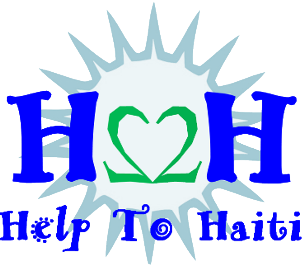Haiti News
Haiti is the Poorest country in the Western Hemisphere with a population of 10.5 million habitants.
Facts about Haiti:
60% of Haitians live below the poverty line (World Bank)
17% of population have access to improved sanitation
69% of population have access to improved drinking water
50% of children have access to education
Children <5 mortality rate is 77/1000 live births vs. ~3/1000 in Western Europe (2015 UN Data Book)
More than 2/3 of the labor force do not have formal jobs
An article which gives a good and concise insight into Why Haiti is so poor
This excellent article from Bob Corbett (Webster University) is the best we
have seen so far that tries to give some answers to this question.
Bob Corbett writes at the beginning, “This issue is a
difficult one for you the reader. I urge you to stick with it, to wade through.
Haiti is the poorest country in the Western Hemisphere. The Haitian masses
suffer some of the most debilitating and depressing misery of any people in the
world. Yet, virtually all that misery is human caused, in most cases, by a tiny
minority inside and outside Haiti who have the wealth and power to control.”
Please find below a short article from the WORLD BANK about Haiti
Haiti is the poorest country in the Western Hemisphere, with a Gross Domestic Product (GDP) per capita of $870 in 2018 and a Human Development Index ranking of 168 out of 189 countries in 2018. According to the Human Capital Index, a child born today in Haiti will be only 45% as productive when she grows up as she would be if she enjoyed full education and health.
Over 6 million Haitians live below the poverty line on less than US$2.41 per day, and more than 2.5 million fall below the extreme poverty line of US$1.23 per day.
The political instability has hindered Haiti’s economic and social development. The country has experienced rapid currency depreciation (close to 30%), high levels of inflation (close to 20%), and a contraction in GDP (projected at 0.5%) during fiscal year 2019. The fiscal deficit narrowed compared to the previous year and is projected at 2.9%. However, this was achieved through drastic cuts in capital investment and social programs. Energy subsidies continue to represent a large fiscal burden (estimated at some 3.5% of GDP), significantly undermining authorities’ fiscal space for growth and poverty reduction expenditures.
Haiti remains highly vulnerable to natural hazards, mainly hurricanes, floods and earthquakes. More than 96% of the population is exposed to these natural hazards. Recovery efforts continue more than two years after Hurricane Matthew hit the country in 2016, which caused losses and damages estimated at 32% of 2015 GDP.
Last Updated: Oct 15, 2019
Another article by von Zoe Hamilton on Iguacu, which also in compressed form gives
some good insights, why Haiti is so poor.
https://medium.com/@weareiguacu/nature-and-nurture-why-is-haiti-so-poor-c5031862f1d6
Many of the Haitian diaspora live in Florida. The “Miami Herald” has a special section on Haiti in his paper, where you can get regular news about what is going on in Haiti and its relationships with the US.



